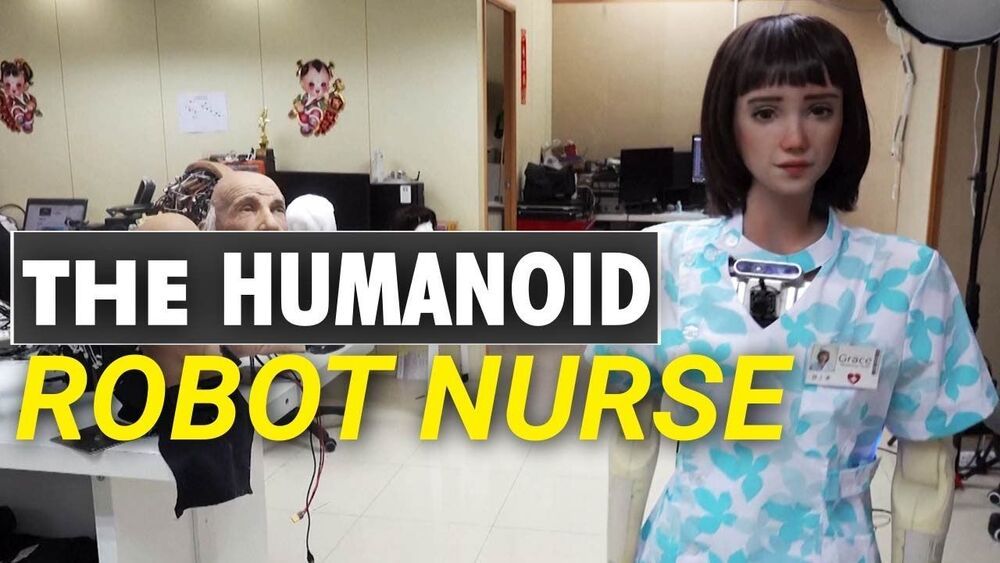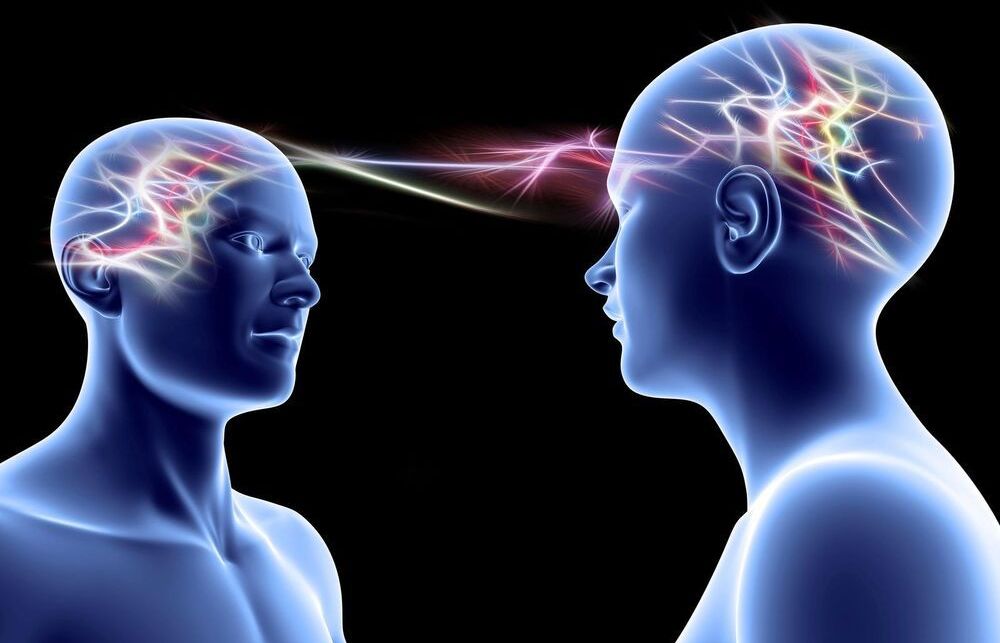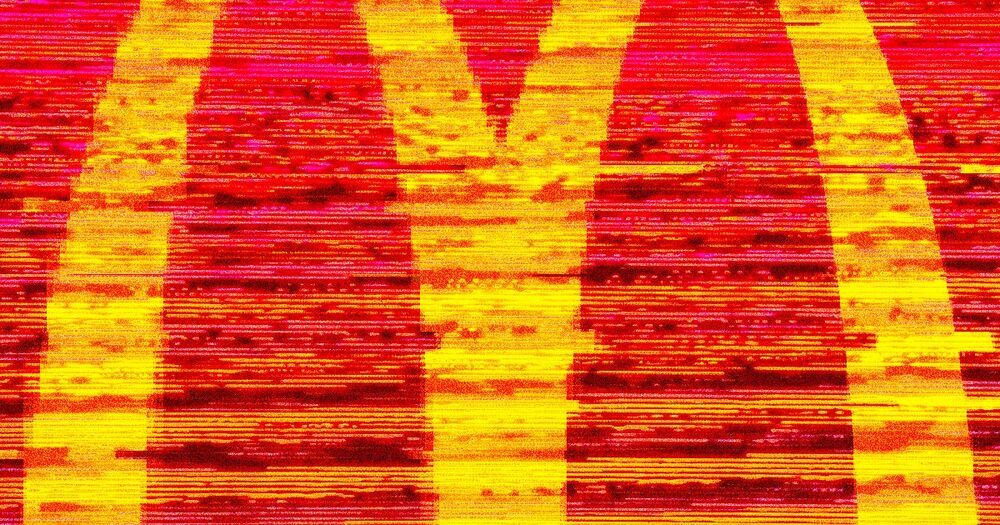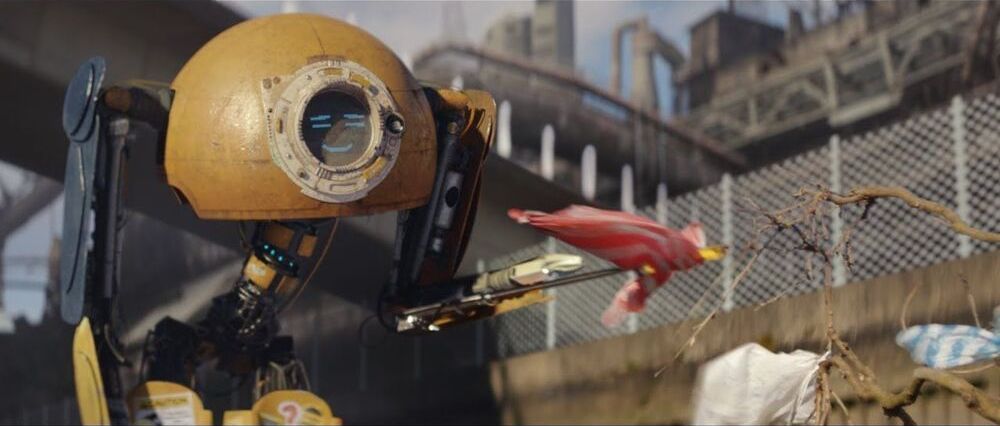Jun 10, 2021
As long Covid affects more kids, doctors cant predict who is at risk
Posted by Poopeh Morakkabati in category: biotech/medical
As more kids go down the ‘deep, dark tunnel’ of long Covid, doctors still can’t predict who is at risk.
“She was a completely healthy, active kid and this just totally changed her life,” her mother, Sara Dardis, said. “So obviously, Covid is real and it’s real for kids. It needs to be taken seriously.”
Kate’s story makes clear that long Covid is not an adults-only phenomenon. Numbers are hard to come by, but more children and adolescents are experiencing chronic symptoms after Covid even as the pandemic ebbs in the U.S., say doctors at the few clinics devoted to caring for them. Although the disease has played out in ways that differ between adults and children, long Covid is posing the same mystery in kids as in adults.
Continue reading “As long Covid affects more kids, doctors cant predict who is at risk” »


















